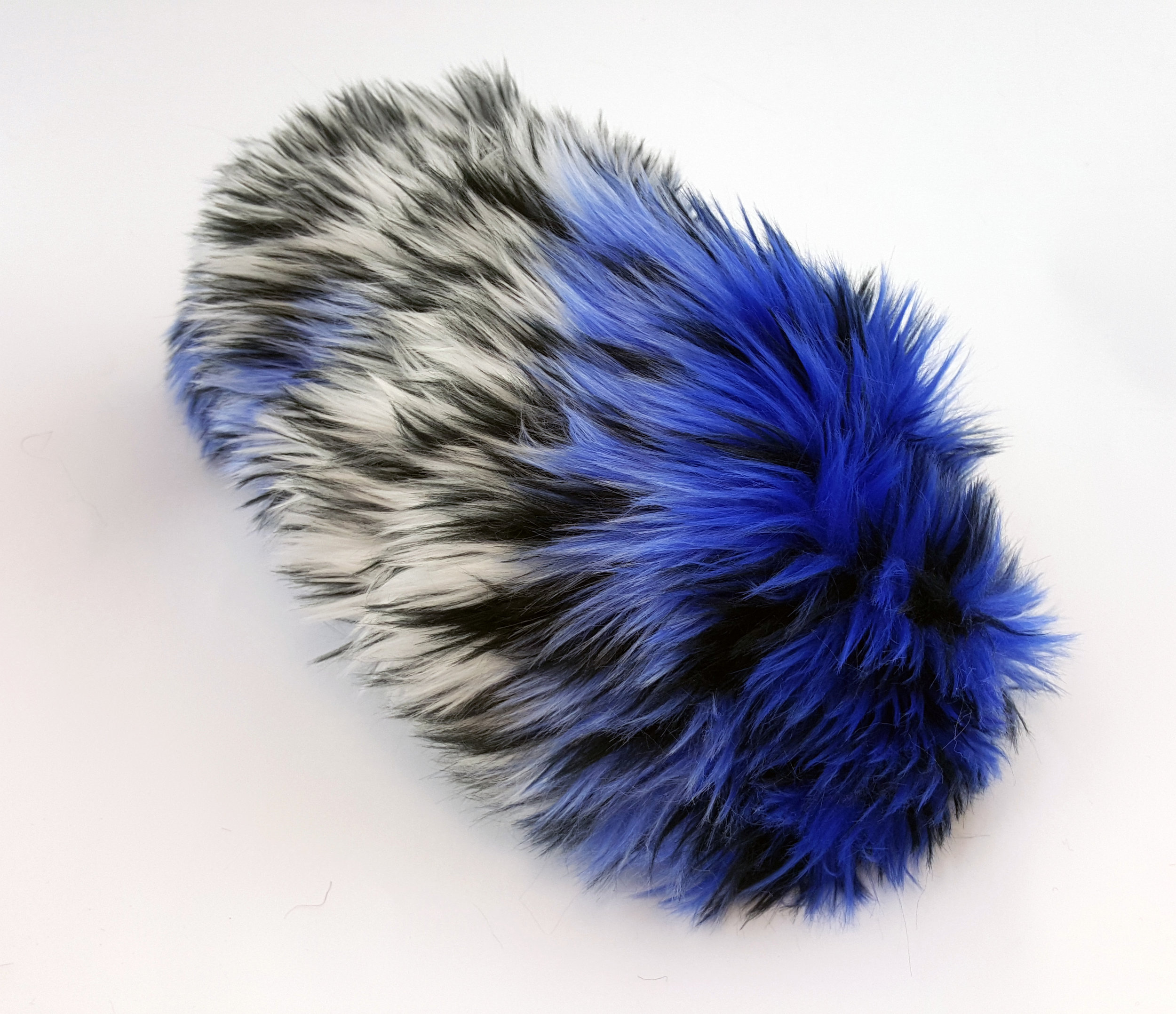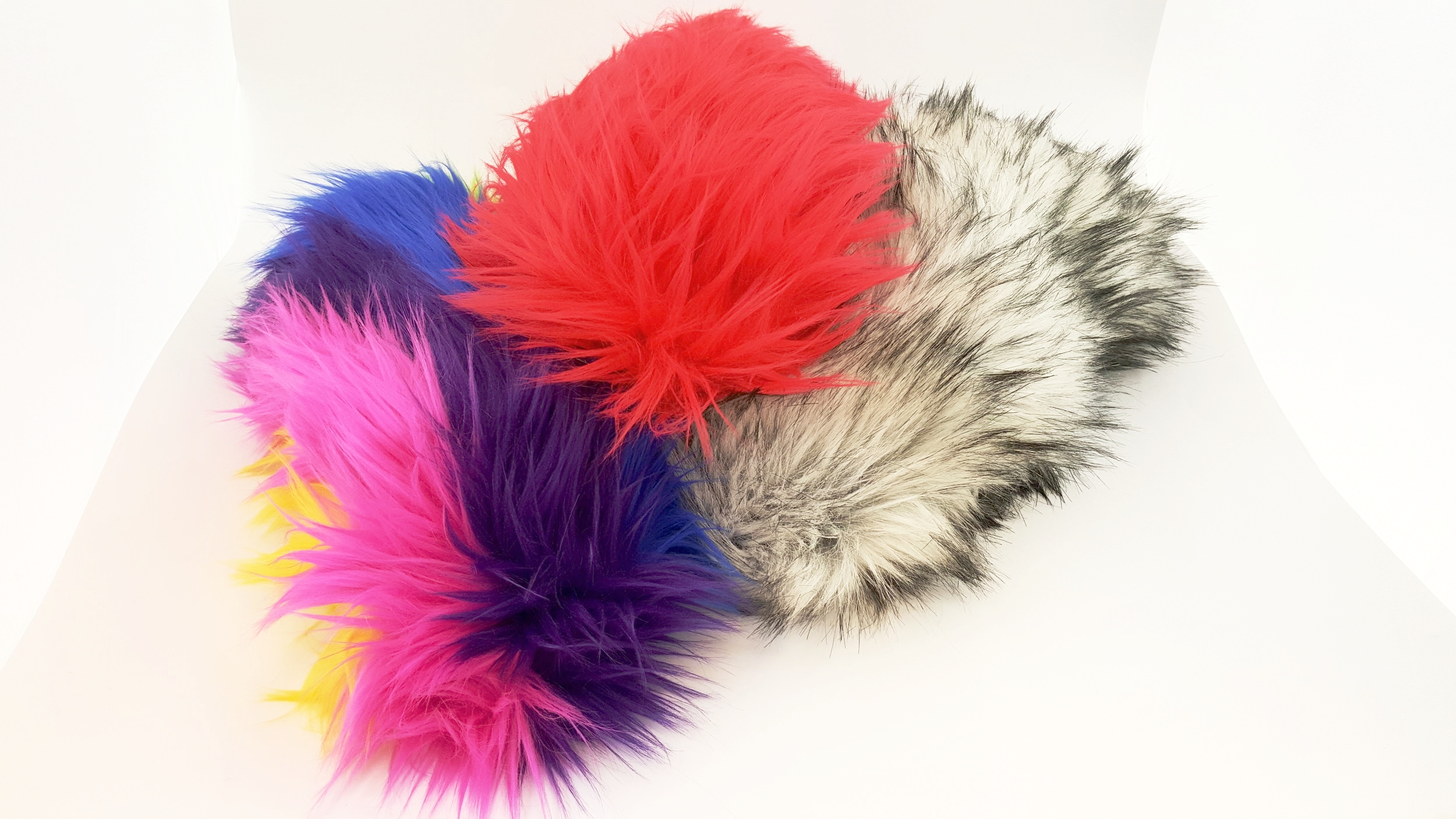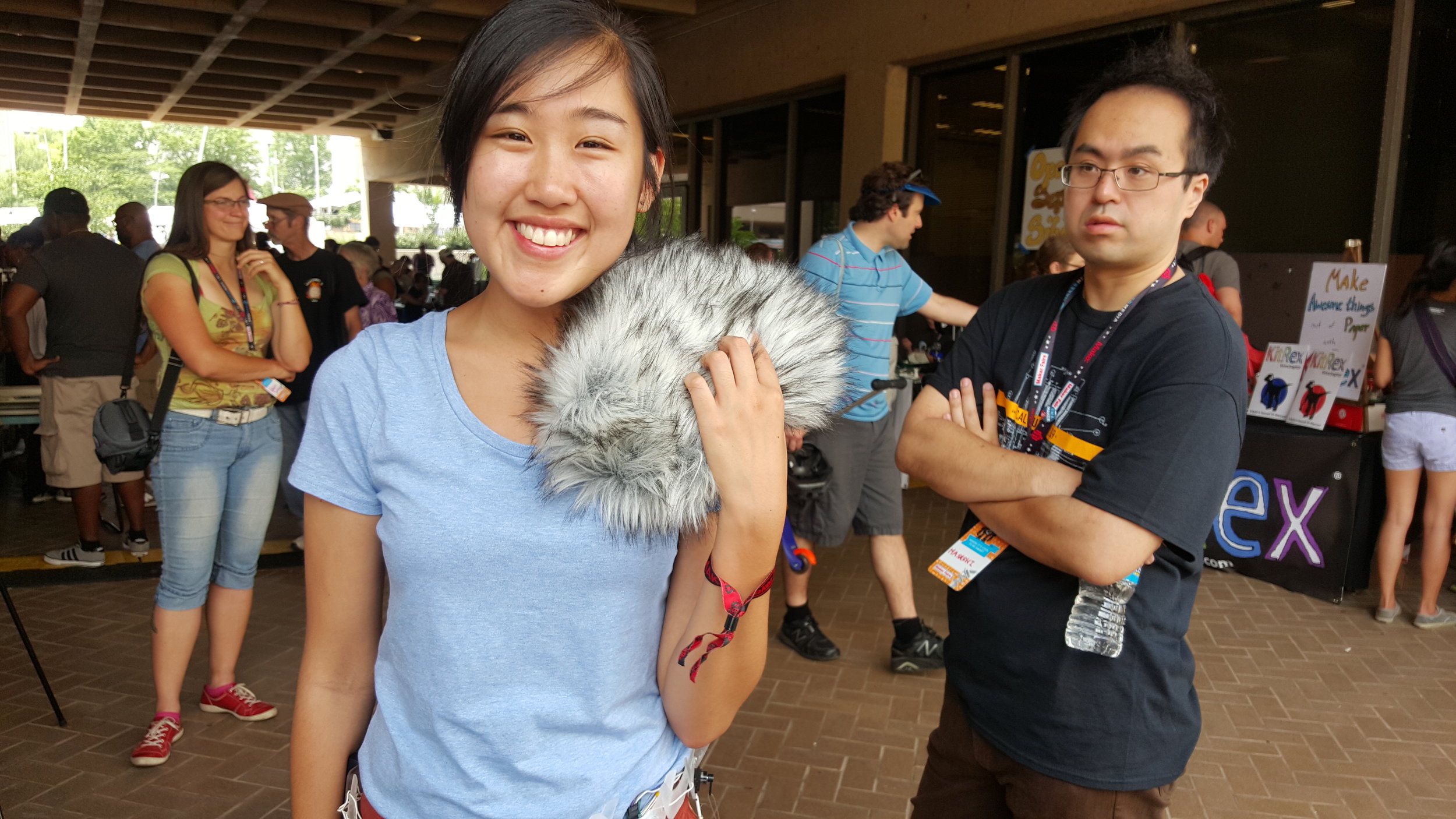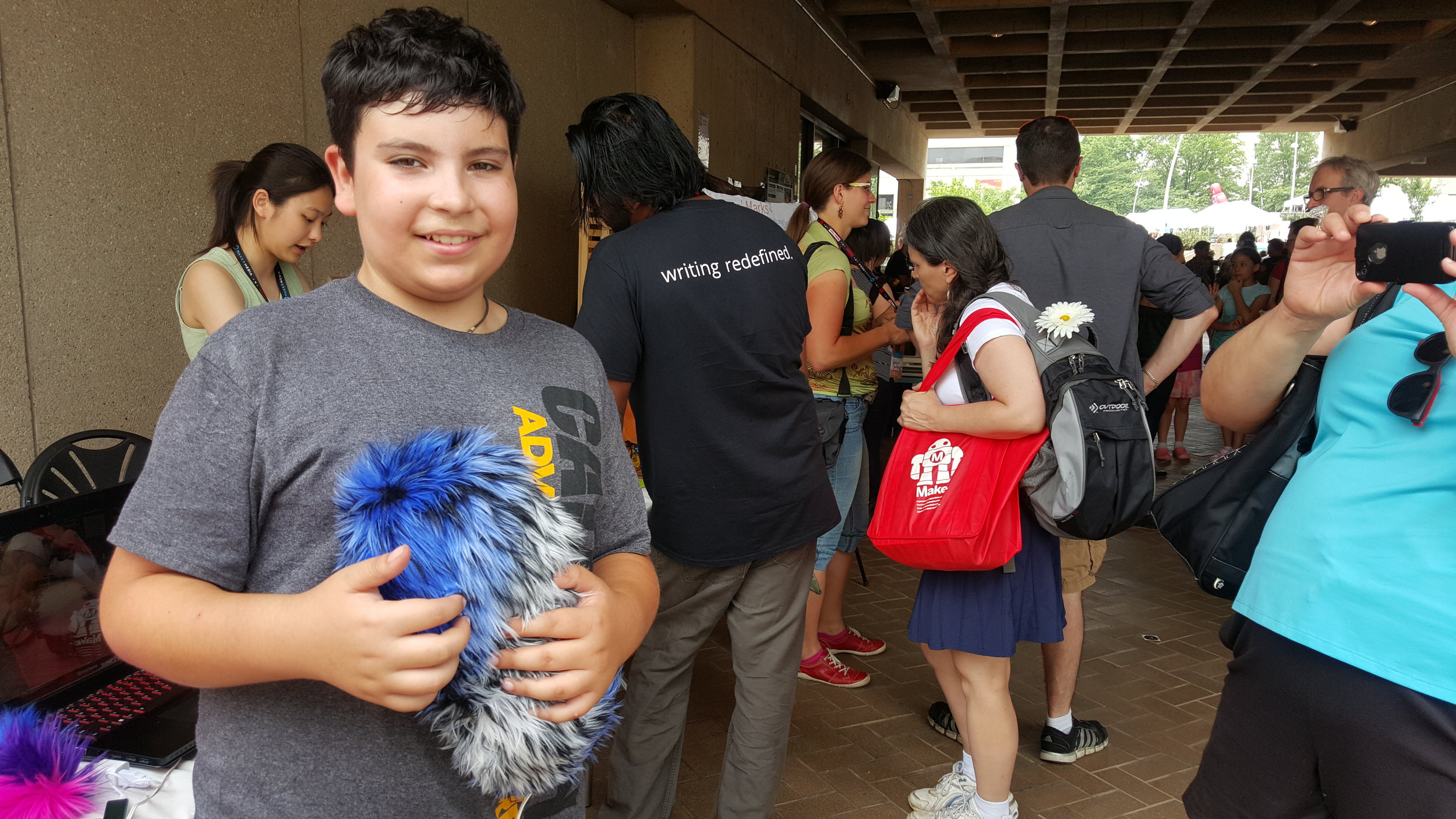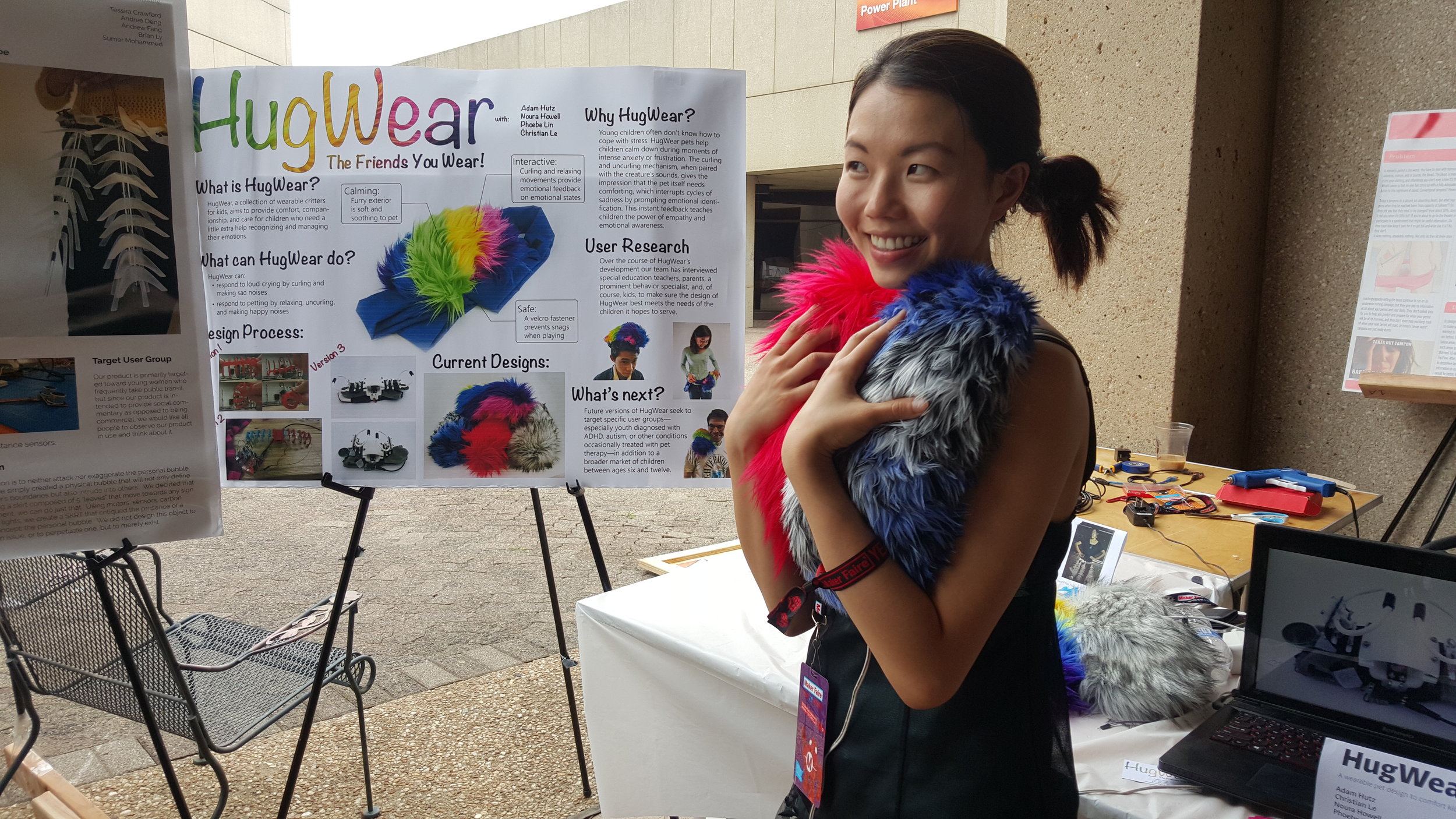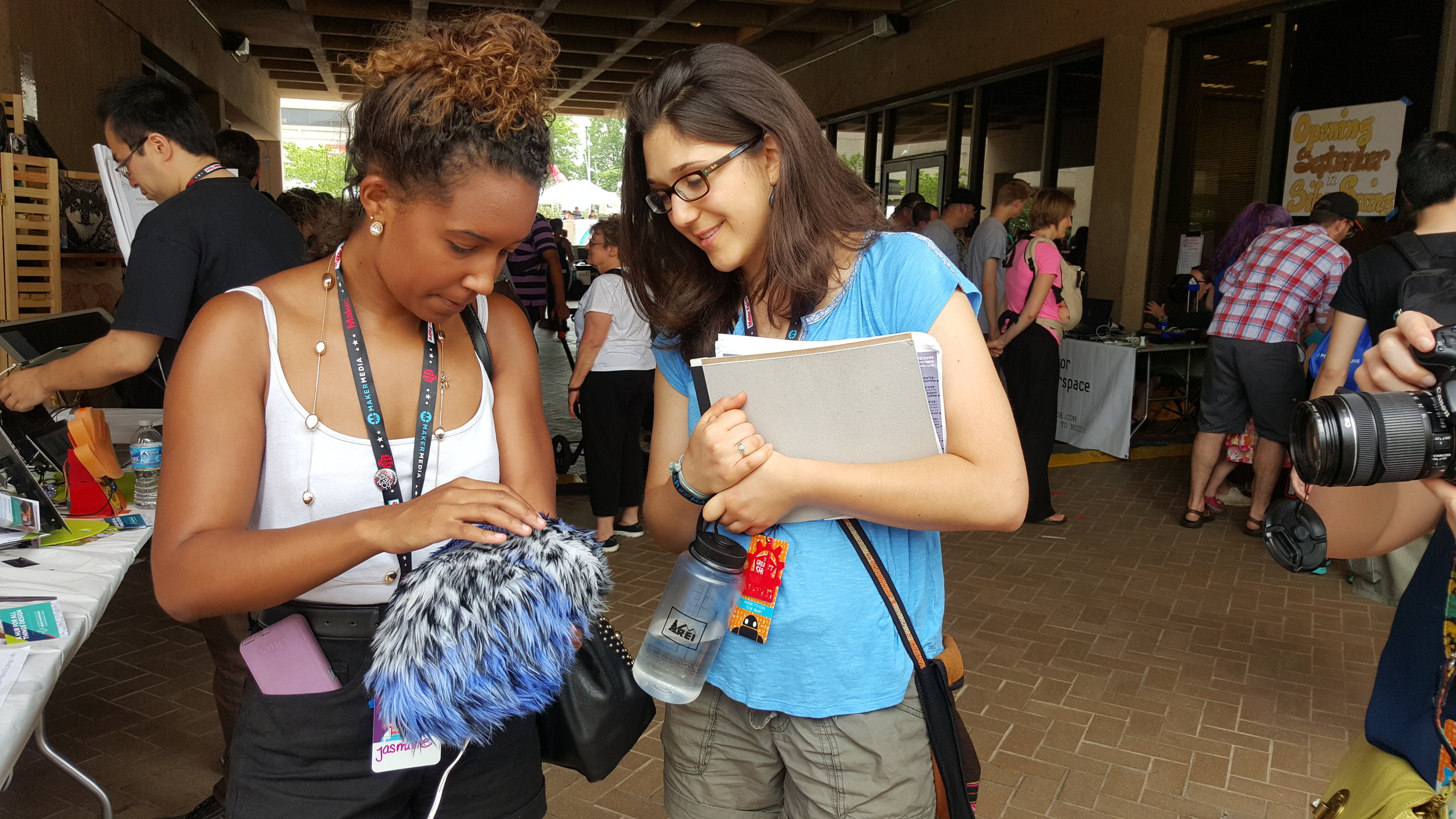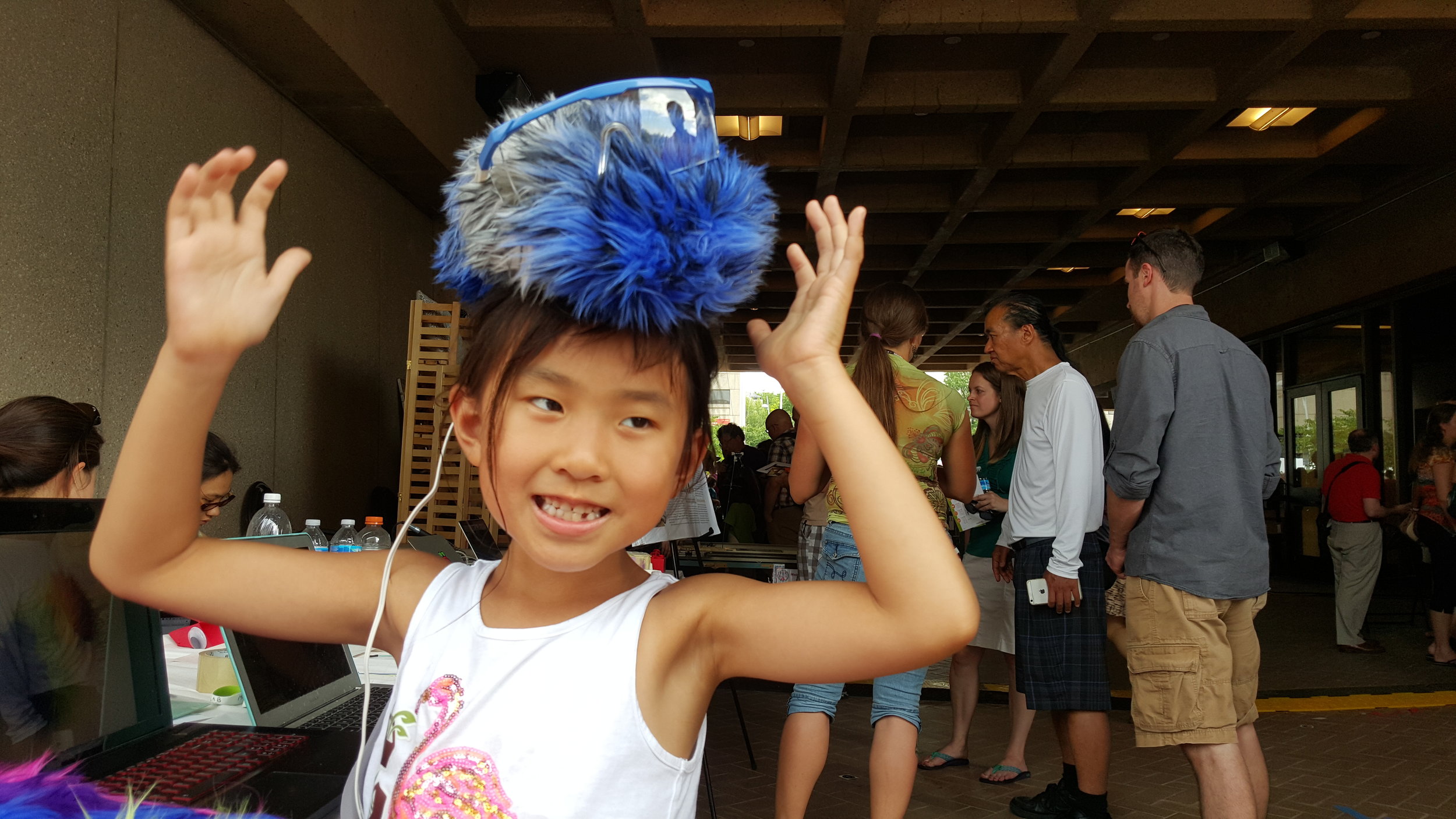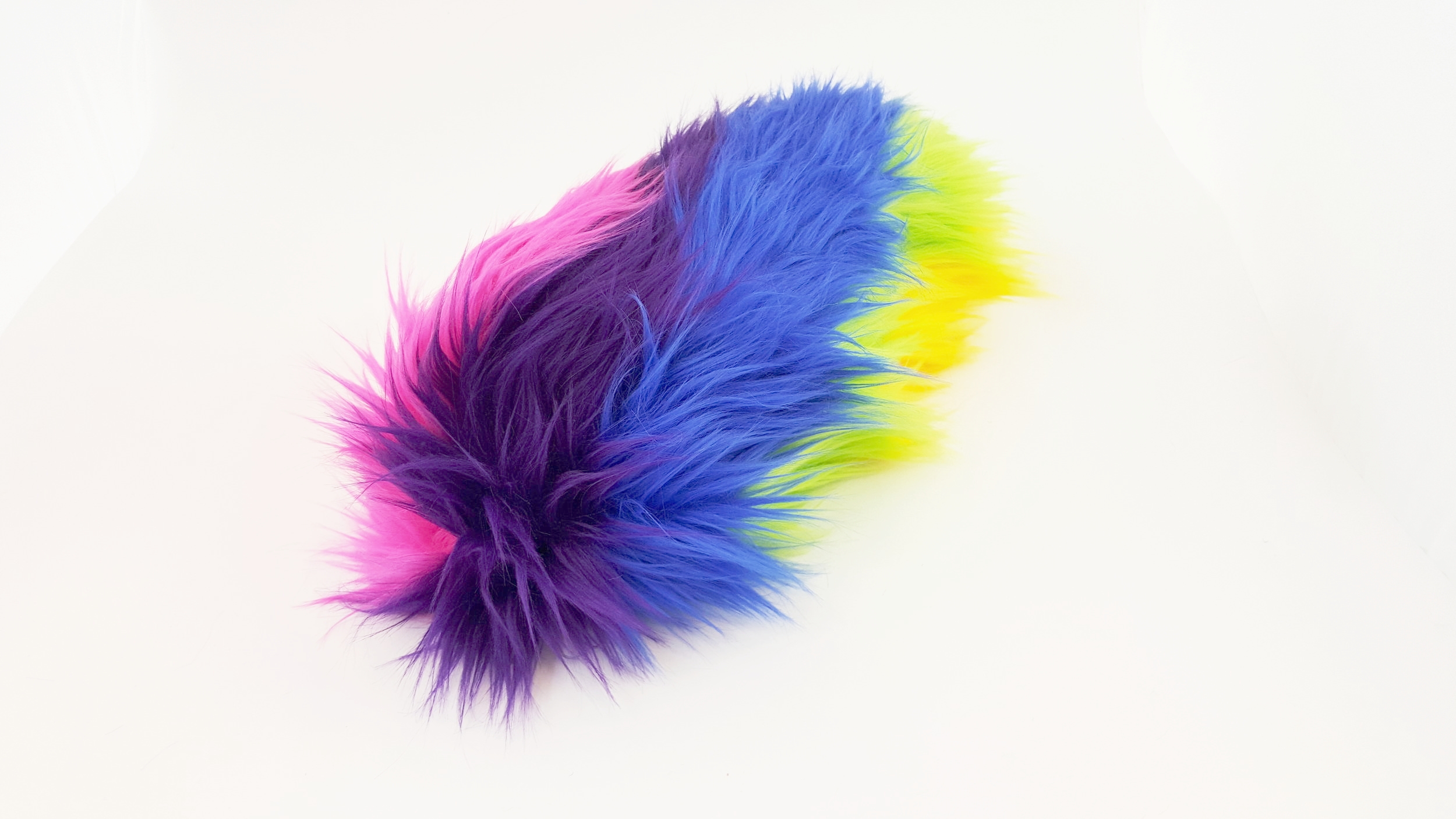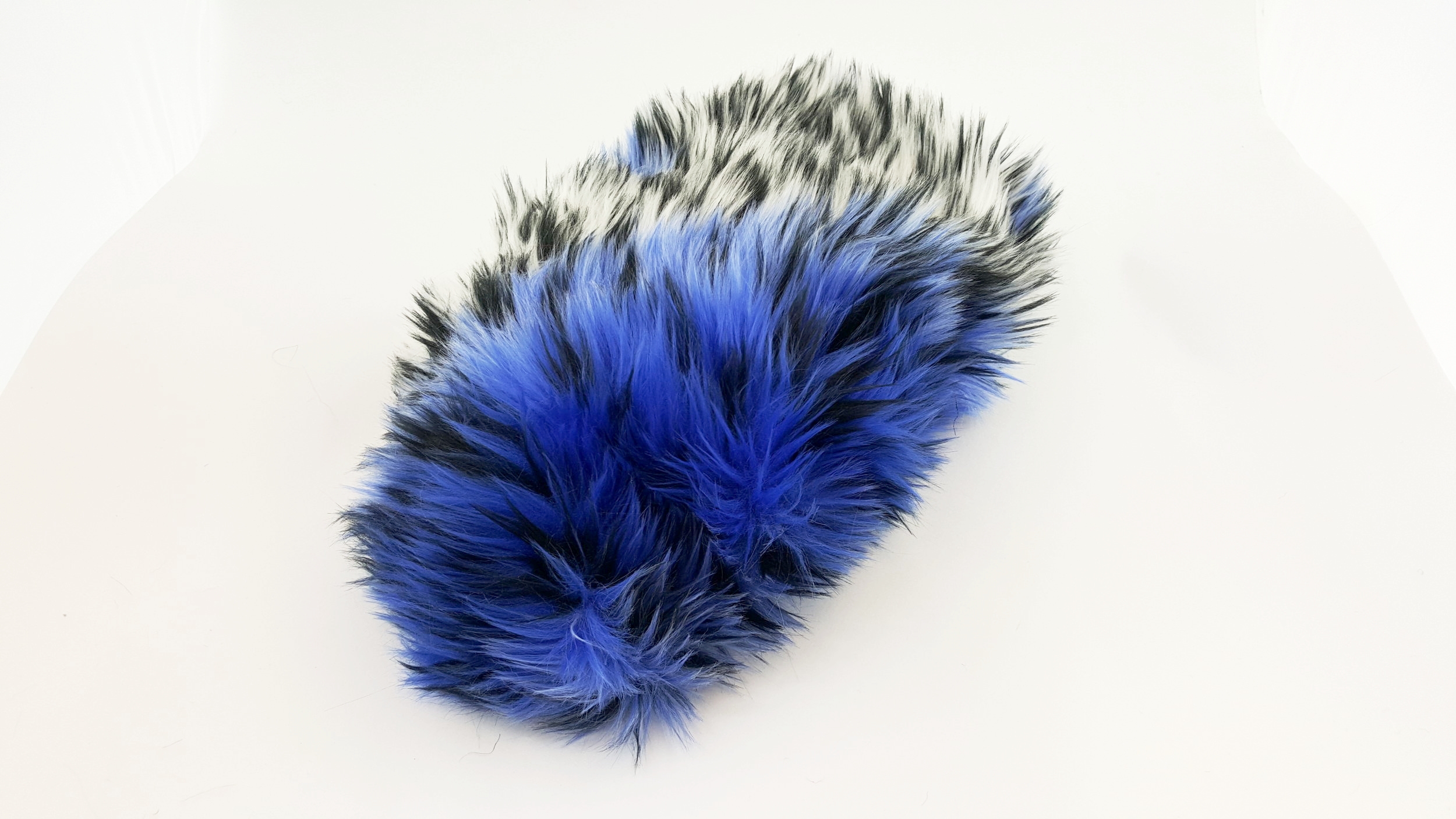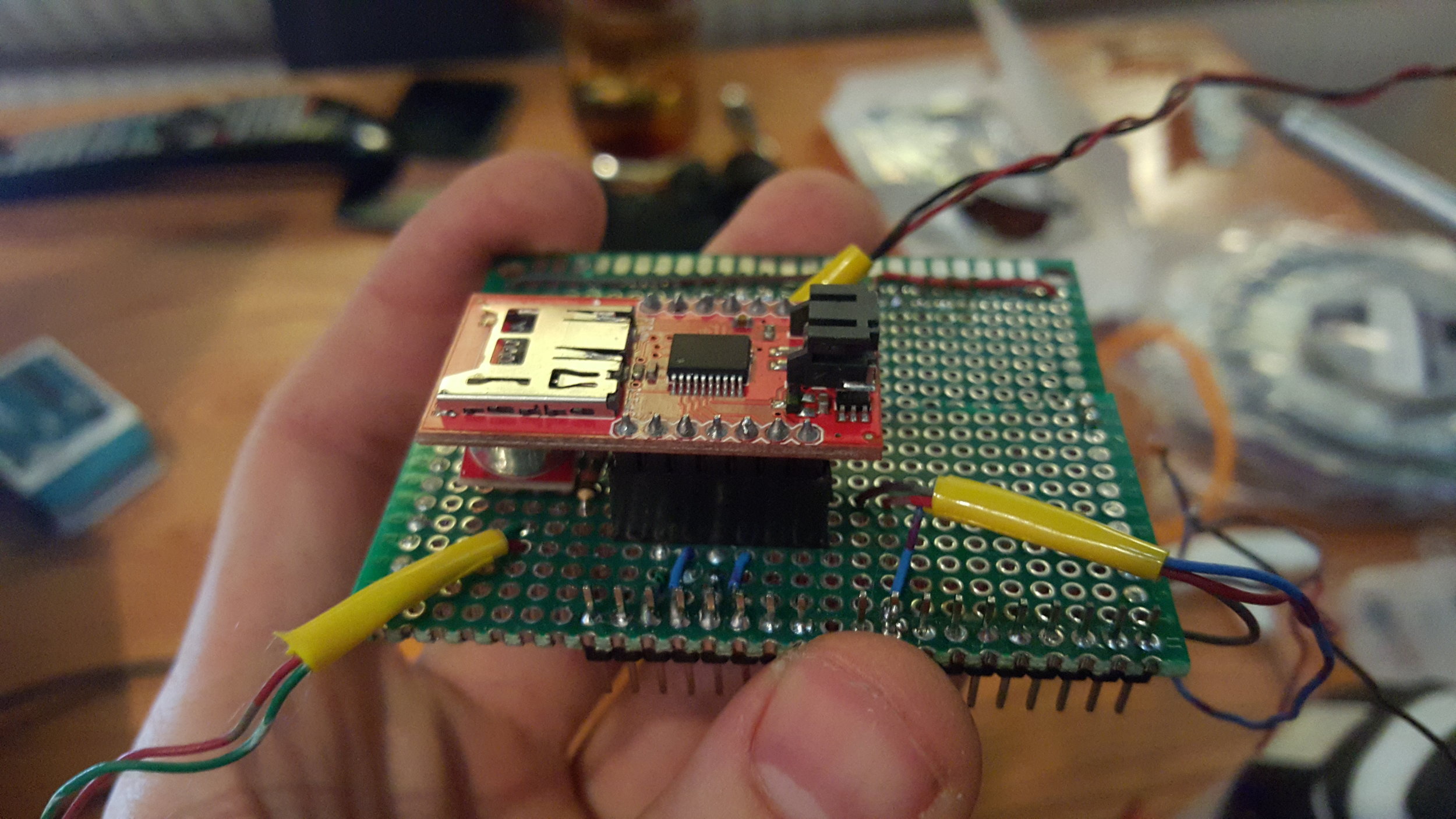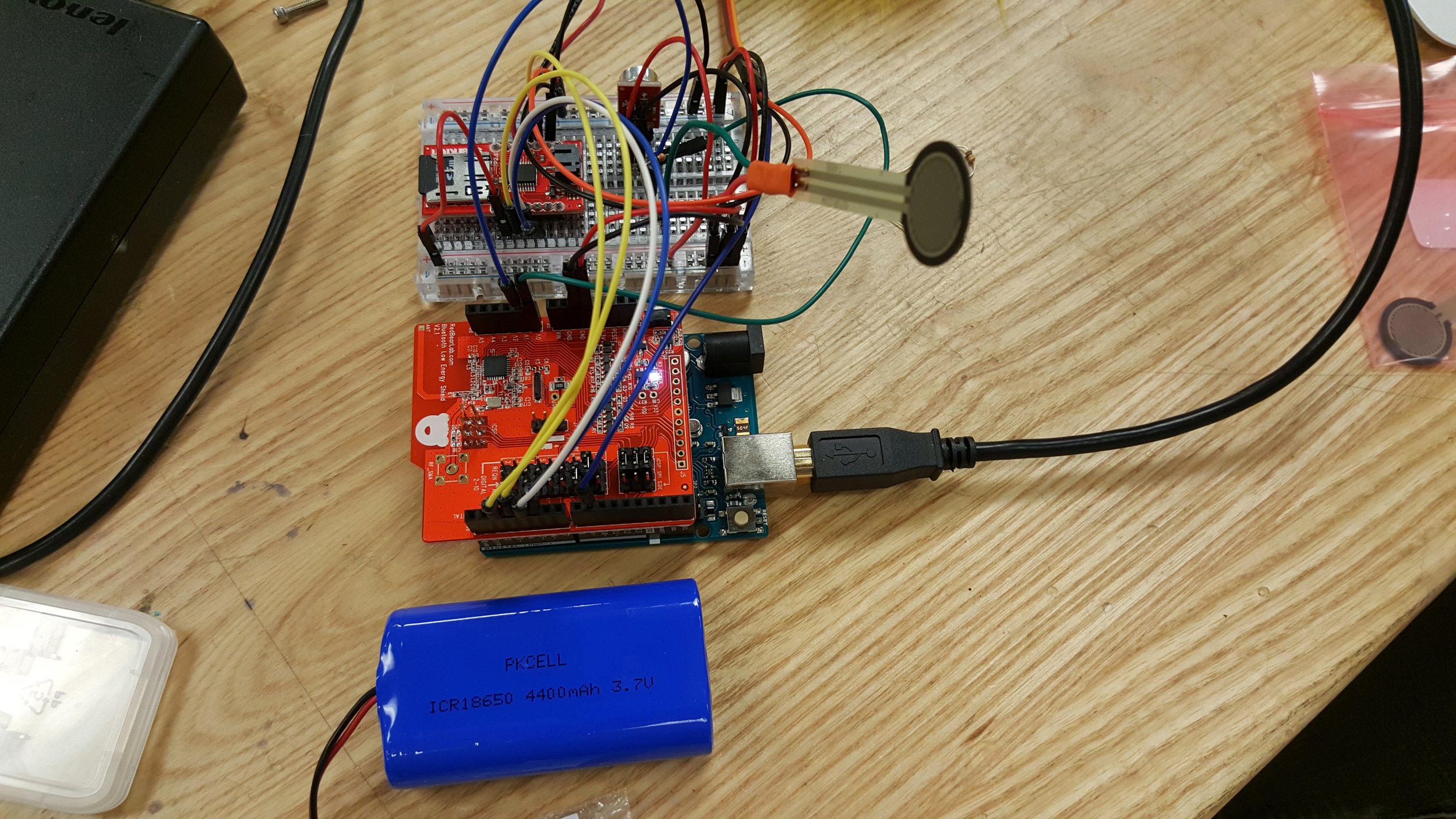HugWear
A wearable pet designed to comfort kids!
HugWear “Hugbugs” in action! DC Makerfaire, 2015
ABOUT
HugWear is a proposed series of wearable pets designed to comfort kids. Buddy the Hugbug is the first in this series, and is designed to be worn on a sash or held in the arms.
Young children struggle to control their emotions. When a child starts throwing a temper tantrum, “Buddy the Hugbug” curls up and makes an unhappy noise. In one way, he is comforting the child by curling in toward them like a hug; in another, he is also getting upset in empathy with the child. This alerts the child to the fact that their emotions are getting out of hand, and redirects the child's attention toward comforting their Buddy. By quieting down and petting Buddy, they can make him feel better, and he will uncurl and make a happy noise. This also helps the child calm themselves down.
We had the extraordinary opportunity to share Hugwear at Makerfaire DC in 2015
Expert Interview
After deciding as a group to build an emotional management tool for kids, we interviewed a board certified behavioral specialist named Catherine Rodecker. She specifically works with kids with autism for the Berkeley Unified School District. She provided some insight into how children currently manage their emotions and seek comfort. Some of the things we learned from her included:
(1) Children who feel stressed calm themselves down by crying or throwing temper tantrums. Younger children have a more difficult time than older children because they don't know how to self-soothe, so they are more likely to turn to adults for comfort.
(2) Schools nowadays are trying to employ new techniques to teach kids how to cope with stress. This includes taking deep breaths, imagining a "happy place", or physically going to a "peace zone." One of the newest techniques employs the power of empathy. Empathy became the focus of HugWear.
(3) Safety is a huge concern for kid wearables. Kids can be very active and wearing a strap would introduce dangers like getting snagged and accidentally choking themselves. We addressed this by placing velcro strips on the pet as well as the strap, so that if something were to get snagged, the wearable would come off easily.
Electrical Iterations
Tantrums are detected by listening for loud noise with the microphone. If the noise is loud and goes on for three or more seconds, it triggers Buddy to get upset. The servo motor is rotated to make him curl up, and he plays one of ten randomly chosen sad noises.
Petting him over the FSR sensor in conjunction with "quiet" readings from the microphone triggers Buddy to calm down. The servo motor is rotated to make him uncurl, and he plays one of three happy noises, randomly chosen.
We prototyped the circuit on a breadboard, but connections kept coming undone. The circuit has to go inside of Buddy, and it gets jostled a lot even when it is in a container. We tried taping over the breadboard with electrical tape to keep the wires secure, and putting the whole circuit in a container, but connections would still fatigue or break. So, finally we soldered everything to a perfboard, which kept the connections secure. By putting the speaker in its own dome-shaped housing we were able to amplify the sound.
At first we powered everything from the same battery, but the servo motor was drawing too much power. This caused a period square-wave-like signal in the input voltage for the microphone sensor, which was causing it to malfunction. So, we gave the servo motor its own power supply. This helped but didn't entirely solve the problem.
Even when the servo was on its own power supply, just connecting the servo to the shared ground of the circuit caused spikes in voltage. The microphone sensor's signal voltage would spike at regular intervals, causing it to give incorrect readings. We got around this in the arduino code by ignoring any values greater than a certain threshold in order to ignore the spikes.
Mechanical Iterations
Sound Iterations
We experimented with different sounds. At first he only played one sad sound and one happy sound, but that was too repetitive, so we added three for each state and randomly chose which one to play each time. For the samples, we recorded our own voices making emotive noises, and distorted them in Audacity.
We also experimented with more "chatty" sounds, created by recording our own voices reading a sentence and then speeding it up in Audacity. These would be useful in a future iteration where Buddy can respond to the child's voice in a more conversational back-and-forth interaction.
Next Steps
As next steps, we would add more conversational ability so that Buddy could chat back and forth with the child. By engaging in more playful or fun interactions, rather than only engaging around helping children with a "problem" they may have, this could lessen any stigma that could be associated with wearing Buddy the HugBug.
Also, user testing with children is needed to better understand the interaction and whether it supports its goals of comfort and emotional management for children.
Other wearable pets could be developed with different shapes, interactions, and personalities, to help make them personal companions for kids.

